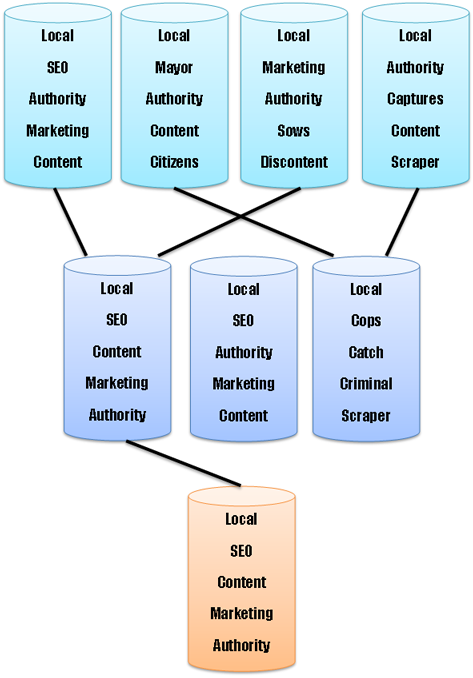In the previous blogs, I’ve talked about making your content strategy more effective. Today I want to talk about another way you can come up with an effective content marketing strategy – topic modeling. This information retrieval model makes grouping unlabeled documents more accurate, and its basic principles can be used to make content more visible on the SERPs.
Topic Modeling – and Why It Matters
In topic modeling, particularly in latent Dirichlet allocation (LDA), an information retrieval system labels and groups documents into “topics” by analyzing the recurring words in each document. The basic concept behind it is similar to a person’s way of thinking – it reads and groups ideas and documents based on the context clues that appear and on the general intent of each document. The intent has to be noted because some groups of words may appear in different documents falling under different topics. Each document is scrutinized thoroughly before being categorized under a specific topic. Once grouped, these formerly unlabeled documents will be easier to retrieve by word association, much like how the human brain retrieves memories.
Topic modeling helps content marketing strategies by making content more focused. The substance is what makes content marketable and shareable. LDA helps you by narrowing down keywords and establishing parameters when writing. This gives your content improved chances of ranking for the search queries you choose, even if you don’t use them in the content body. It also gives your content direction and enables you to write with intent, whether to inform, urge, or make a sale.
Google’s algorithms are much smarter, and they will detect the intent of your content using the context clues you provide.
Applying Topic Modeling to Content Development
Focus is one of the main characteristics of marketable content, and with the help of LDA, you can achieve just that. You can apply LDA concepts when selecting keywords and when writing your content. Google uses LDA by predicting which words are likely to appear within the same document as a search query. Begin by narrowing down your selection of keywords. Which of the keywords you have are most relevant to your industry? Creating a list of terms that should never be associated with your brand is a good start. These could be terms that are viewed as unethical in your industry, or phrases that might confuse users into thinking you offer a different product or service. This will leave you with a selection of keywords that represent your brand accurately. It is easier to establish how you don’t want to be represented first so that you’re left with an image you only need to refine.

It is important to note that you should not rely on LDA alone. Topic modeling is very useful when selecting keywords and plotting content outlines, but at the end of the day, well-written, well-researched content placed in the right context is still what counts.
Contact your account manager today to learn about our research and discovery process, or log in to your dashboard to get our content development service. Keep checking back for more updates and tips on SEO!


